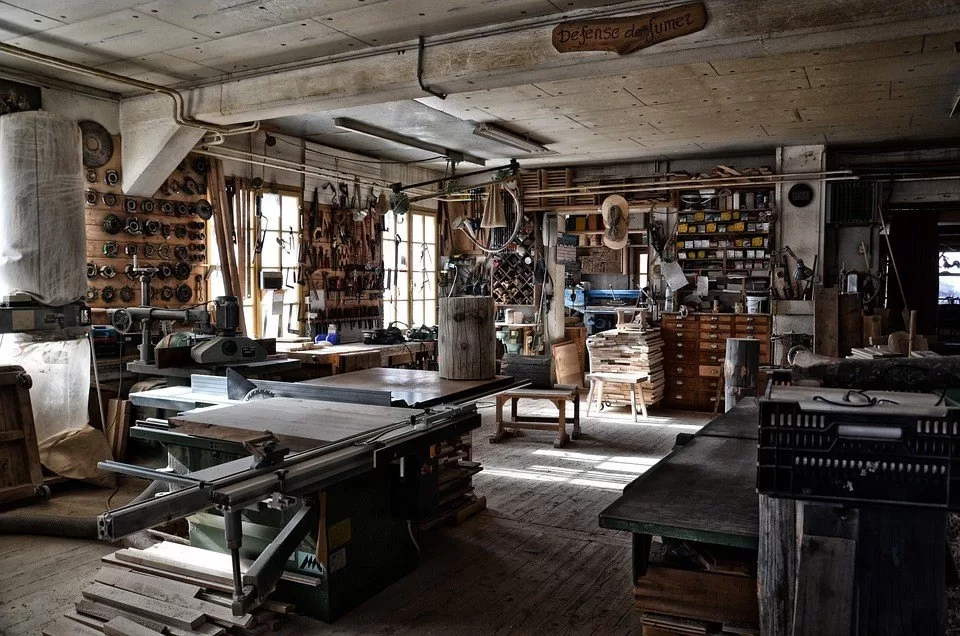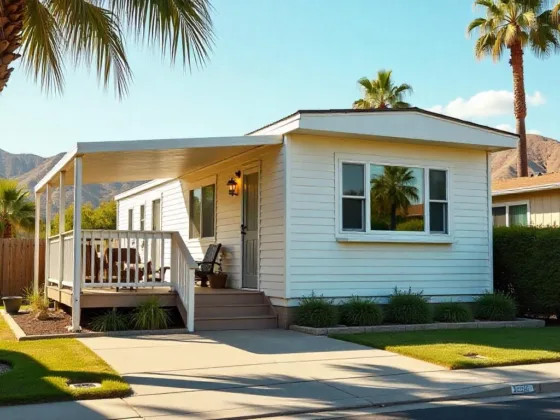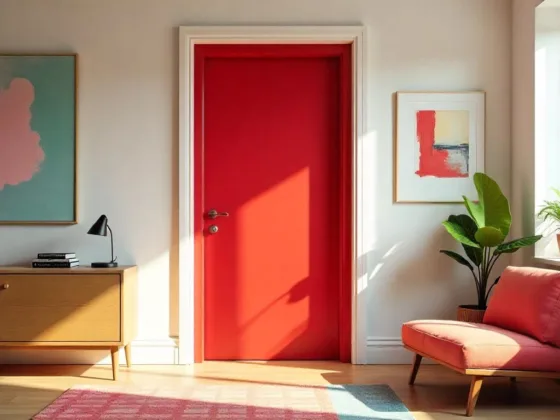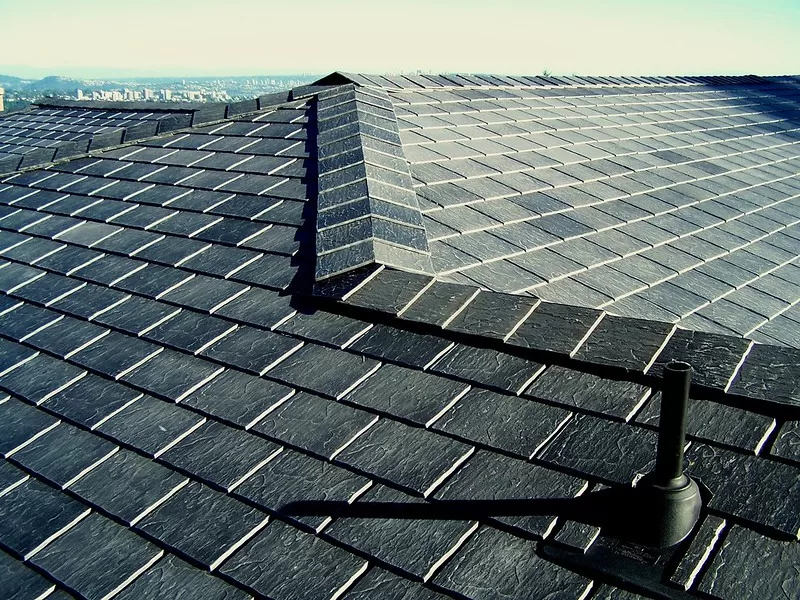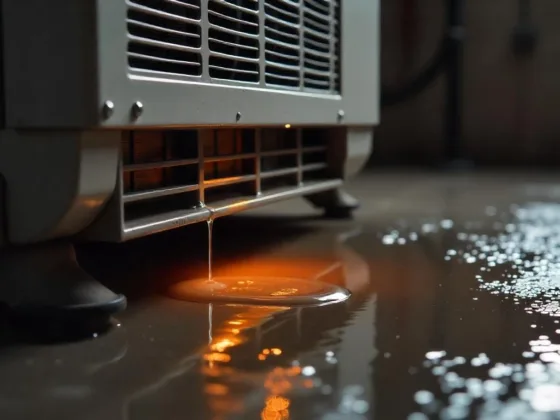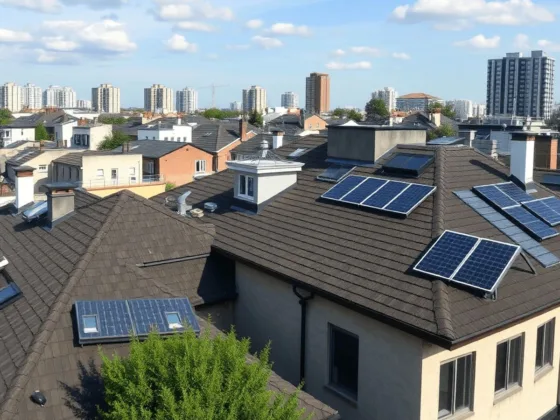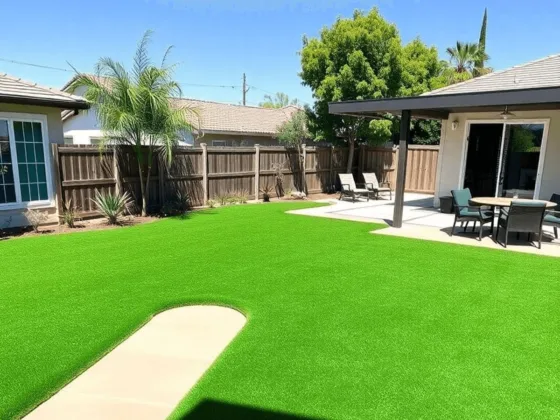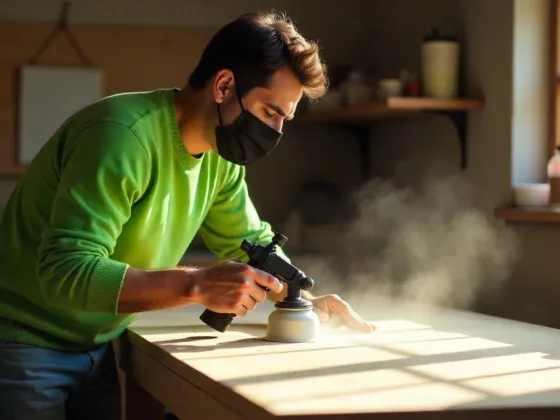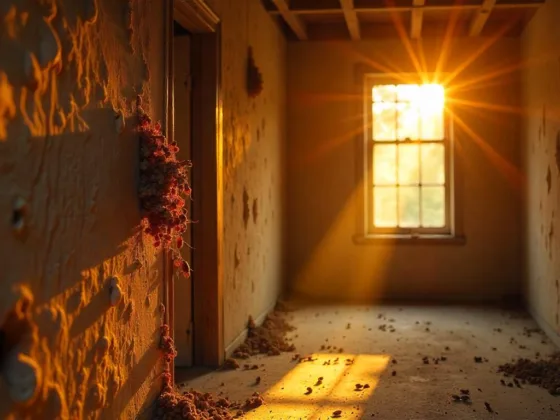Here’s a little reality check: everything is getting expensive, even buying fresh or packaged vegetables from the grocery store! In such circumstances, where most of us have to cut corners to fit into our budget, growing a vegetable garden can be our ultimate solution.
But what about the space, containers, and vertical gardening that are here to rescue? Whether you want to grow vegetables in containers or opt for vertical gardening, seven tips will help you get the most out of it. Don’t worry if you’re a total beginner, as everyone can follow these easily.
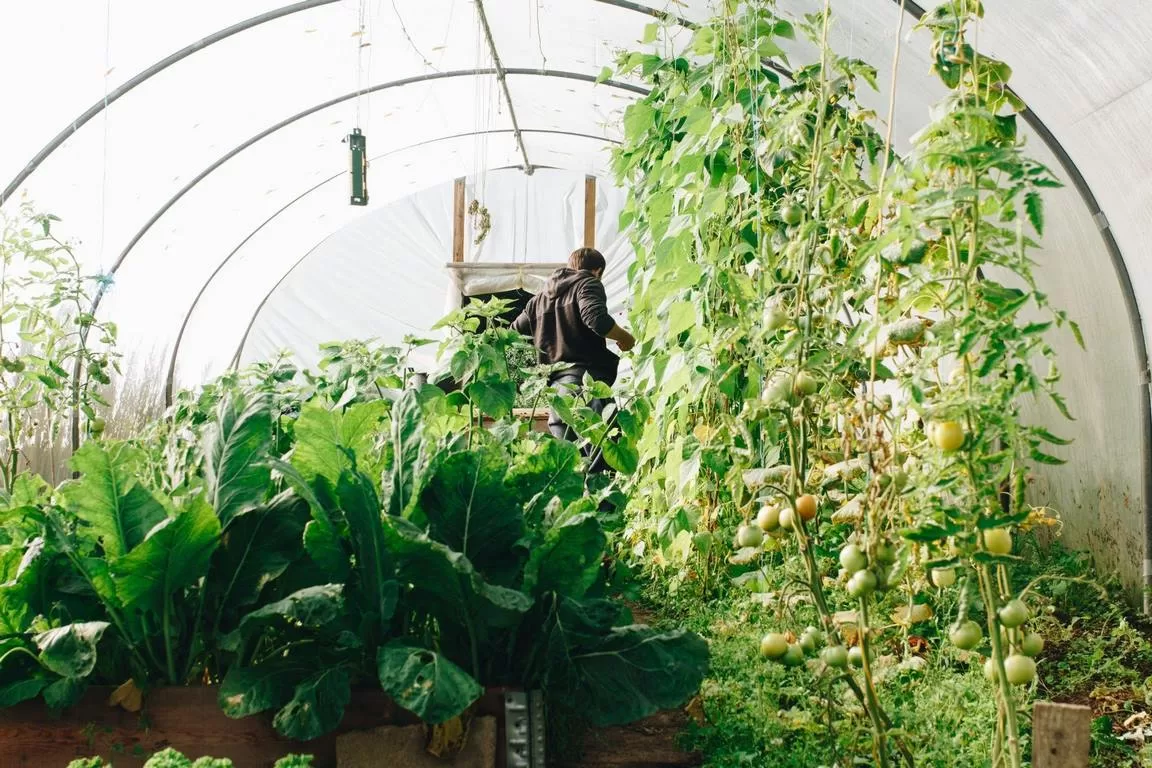
Materials for Growing Vegetables
If you want to grow vegetables in containers, you’ll need to invest in a few things. Fertilizers are a must for any plants and crops you want to grow in your garden, and the soil you use for potting will also play a huge role. Apart from that, you’ll also need to choose your perfect vegetable containers.
● Fertilizers
Whether in the ground or in containers, fertilizers are essential for the healthy growth of all plants. The right fertilizer is also necessary, depending on the size of your garden and the plant you’re growing.
Take tomatoes, for example, which you can grow in small and medium-sized containers quickly. If you want a quality tomato fertilizer to grow properly in containers, you’ll need to choose among water soluble, liquid, and granular types.
The goal for the plants in your garden will help you determine which brand of fertilizer to use, as each type contains a different mix of ingredients. You can consult an expert to know which fertilizer will be best for growing plants in containers effectively.
● Containers
What you aim to grow, where you’ll be growing your vegetables, and how big your garden will be will help to determine the containers you’ll need to use. You also need to figure out how deep the containers should be, as the roots need room to grow.
If you’re growing root vegetables, you’ll need containers that are deep and wide enough. Whether you want to invest a sizeable amount or want inexpensive containers will also help you figure out what you need to grow your vegetables.
Read Also:
● Type of Soil
Since you’ll be growing your vegetable garden using containers, you’ll need specific soil mix types since these may need extra care. The right chemical and material balance in your potting soil will ensure a large garden with healthy plants.
Potting mixes should be porous enough yet enough absorbent to hold the perfect amount of water to replenish the plants constantly. You may find some ready-potting mixes with fertilizers infused in them. However, you must choose them carefully based on what you’re growing in your small garden.
Tips for Growing Vegetables in Containers
https://www.pexels.com/photo/crop-harvester-with-fresh-eggplants-in-box-5529588/
Whether you’re an absolute beginner in gardening or have some experience, a few tips will help ensure you have a plentiful vegetable garden. Seven tips will help you work things out like an expert if you want to grow vegetables in containers properly.
1. Types of Containers to Use
Are you looking for inexpensive options for growing your vegetables? Or do you want something that requires a bit more investment? You can choose from plenty of options, whether a DIY or ready-made pottery of various materials.
With the DIY options, you may already have all the materials in your home. You can upcycle old water bottles, baskets, empty drums, and containers as your gardening pots where you can grow various leafy vegetables and herbs. You can even keep plants in small containers by the window sill.
And if you want to use ready containers, there are plenty to choose from depending on how much you’re willing to invest, the size of your vegetable plants, and your garden arrangement.
Glazed clay tubs can be safe options since these are made from earth. Fabric tubs and metal feed troughs are helpful, too, if they have proper drainage.
2. Gardening Tools You Will Need
No matter what you grow in your garden and how you grow them, you’ll need to prune the plants and mix the soil regularly to allow room for growth. To ensure you can properly care for your vegetables growing in containers, you’ll need to invest in some gardening tools.
Here’s a list of tools you’ll need, whether you’re growing your vegetables by the window sill or in a vertical garden:
- Pruning sheers;
- Hand fork and rake;
- Watering can;
- Watering hose;
- Pressure can and watering wands;
- Spades and shovels;
- Hand trowel and hand hoe;
- Gardening knives;
- Gardening gloves.
With these tools, preparing the soil, planting the seeds, and maintaining the plants will be easy, especially if you’re a beginner in gardening.
3. Growing Plants Vertically
Gardeners have been following a certain technique for years now to grow vegetables in small spaces. They have developed the concept of vertical gardening, where you can grow plants vertically, giving you more yield in compact spaces. Vining crops also grow well in this method.
There are various methods you can follow to build a vertical vegetable garden. With this, you’ll definitely need to ensure the plants receive proper sunlight, wind, and water to grow adequately.
For starters, you can utilize the walls to grow green leafy vegetables in plastic water bottles. Make sure every pot has enough distance in between to allow the leaves to spread properly.
Another method can be building a frame using sticks or wide pipes. You’ll need to create an irrigation system with these so that they can self-water. Growing root, cruciferous, and vining vegetables can yield great results.
4. Plants You Can Start Your Garden With
Gardening calls for a lot of maintenance, no matter the size, which is why it’s wise to start on a small scale and with vegetables that are easy to grow. And if you love salsa, you can also grow your own salsa garden.
Some of the vegetables that you can grow easily and require only basic maintenance are:
- Tomatoes
- Carrots
- Eggplants
- Radishes
- Onion
- Beets
- Lettuce
- Cabbage
- Various peppers
- Okras
- Green leafy vegetables such as spinach
- Different types of beans and peas
You’ll need to consider the size of the planting containers and the distance of planting seeds according to what you’re growing, which is discussed in the next section.
5. Growing Vegetables According to the Pot Size
While some vegetables don’t require large containers to grow, others can’t grow well if their roots don’t find enough room to spread. Besides, the density of seeds you put in the soil can also affect the growth quality of your vegetables.
Let’s take a five-gallon bucket as the standard size for growing most vegetables in your garden. Depending on the size of the vegetable you want to grow, you can plant either five seeds with a considerable distance between them or plant one or two seeds if you want to grow cabbages, squash, and radishes.
Tomato plants can be first grown from seeds in small containers, and then you can transplant the seedlings into large buckets to allow proper growth. Spinach doesn’t need more than a one-gallon container to grow. And if you want to build a herb garden, upcycling your water bottles can do the job.
6. Ensuring Proper Drainage
The soil you’ll be planting and growing your vegetables in shouldn’t just hold enough moisture but should also be properly drained.
When potting plants in containers, the general rule is to keep the soil level two to three inches lower than the edge of the container. This will ensure that you don’t overflow while watering the plant.
However, plants can only take in enough water and drain off the rest. If the soil becomes too saturated, it’ll swell up the roots too much, causing them to die and eventually killing your plants. That’s why you must ensure the containers drain properly.
With DIY containers, create holes at the bottom to allow excess water to drain off. And if you’re investing in ready pots, you must check if they have holes underneath to allow water to drain off.
7. Enough Sun and Space
Vegetables need adequate sun exposure to produce food and thrive. While too little sunlight can cause them to grow weak and small, the excess sun can dry the plants.
If the location you’ve chosen for gardening gets a lot of sun throughout the day or the place you live in gets harsh sunlight, you’ll need to take proper measures to ensure your plants get just the optimum amount of light.
When planting seeds for your vegetables, you need to consider the average size of these vegetables and their plants. With that, you’ll have to sow seeds while maintaining a distance between each seed.
If plants get enough space to grow, they’ll have the opportunity to spread their roots and branches, allowing them to flower more, thus giving them more vegetables. And if you make them congested in one container, you’ll get small plants and may even lose a few as they compete for room to grow.
Final Thoughts
Growing your vegetable garden won’t just allow you to have fresh food all year round. Gardening helps us release our stress and make us happy, especially when you bear the fruit of your time invested in maintaining and growing vegetables properly.
Therefore, if you want to grow vegetables in containers in any part of your house, these tips will help you get plenty of harvests. Choose your containers and fertilizers wisely, and you’re good to go!
